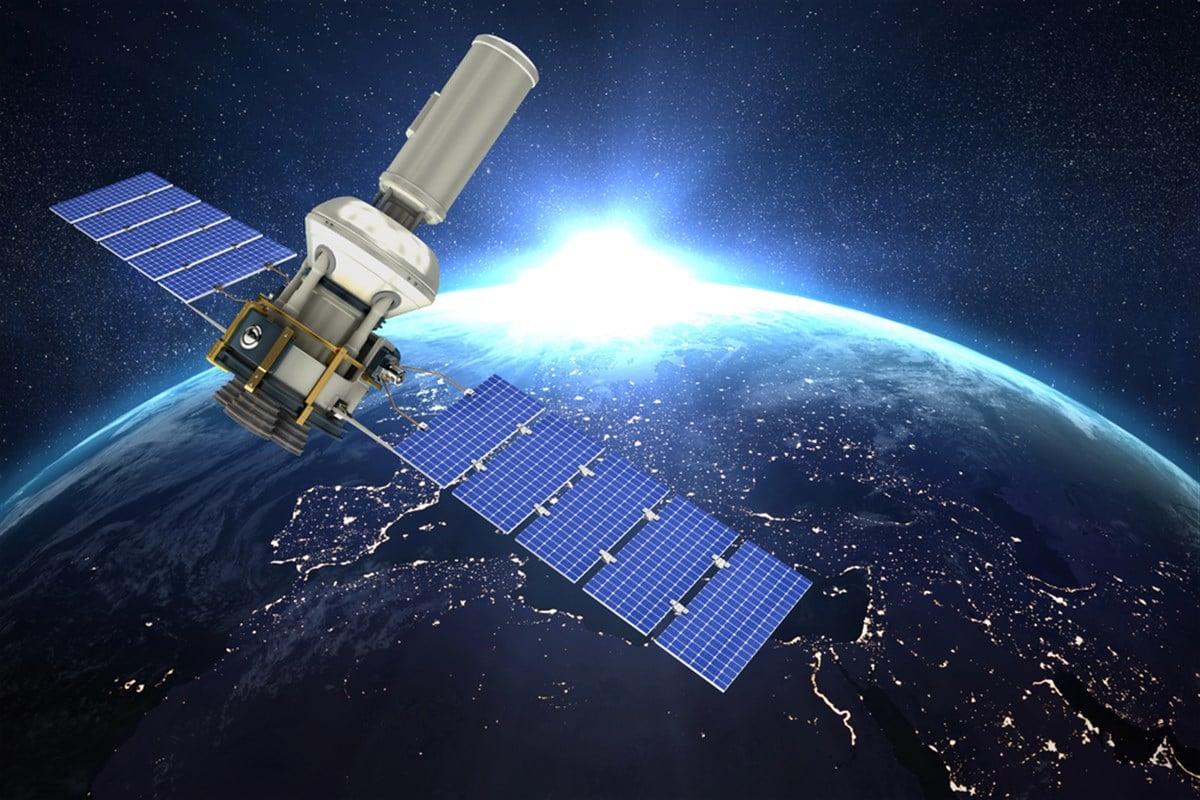
Along with Tesla TSLA, billionaire Elon Musk also founded the revolutionary space company SpaceX. The firm made headlines several weeks ago after it was successfully able to recover a booster that sent a rocket into space. This technology could allow boosters to be reusable, greatly reducing the cost of space launches. Boosters typically fall into the ocean, meaning that money invested in making them only contributes to one use.
Although the company makes billions in revenue from its space launch program, it is thought that its main source of revenue is through its Starlink technology. It's hard to know for sure since the company isn’t publicly traded. Starlink is a satellite-based, low-Earth orbit (LEO) internet service. It aims to provide high-speed internet to any location in the world. Traditionally, telecom companies use cables and towers to connect people and areas to the Internet. However, this makes providing internet to places that are rural or have dense or rugged terrain uneconomical.
The company generated approximately $4.5 billion in revenue from Starlink in 2024. That’s a pretty big number, and Starlink has over 4 million subscribers worldwide. In Q3 2023, the top five internet service providers in the U.S. had around 92 million subscribers. That means massive growth is still available for satellite-based internet service providers. However, Starlink isn’t publicly traded, making it a difficult space for investors to get exposure to. Luckily, publicly traded firms are taking notice of this opportunity and working on their own solutions.
Amazon Wants to Be a Telecom Company, Too
Amazon AMZN is looking to compete with SpaceX through its Project Kuiper. The company said it planned to invest $10 billion into the project back in 2020. That's a big number. But, it's manageable. The company had $88 billion in cash and short-term investments on its balance sheet last quarter. The $26 billion in cash from operations the company generated last quarter makes it look even less intimidating.
The company is aiming to launch 3,236 satellites into LEO to provide its internet service. That’s a little more than half as many as SpaceX has in orbit now. The company’s agreement with the Federal Communications Commission (FCC) requires that half of the satellites be in operation by Jul. 2026, less than two years from now. So far, it has only launched two prototypes. It took SpaceX just over two years to get 1,800 satellites into orbit. Amazon needs to get around 1,600 into orbit in about six months less time. The company delayed the launch of its first commercial satellites a couple of weeks ago.
It better get on its horse if it hopes to meet the FCC deadline. Failing to meet this wouldn’t be a good look to the market, as it could cause it to lose its FCC license to operate the network. Amazon's massive size makes it a strong player. It can invest the billions needed to compete with Starlink. It could pay off big-time, but it needs to start making more progress soon.
Geely: Satellites, Internet, and Autonomous Driving
Another company looking to compete with Starlink is Geely Automobile GELYY. Geely is a Chinese automaker that owns several brands, including Geely, Polestar PSNY, and Volvo. One of its subsidiaries is Geespace, which is building and launching LEO satellites. The company launched nine satellites in 2022, and with its September launch of 10 more, it now has 30 in orbit. It said these satellites now cover 90% of the globe and is planning to launch 72 more in 2025. The company hopes to eventually have the 6,000 satellites in orbit that SpaceX does. However, it seems to be moving pretty slowly, only planning to have 72 launched by the end of 2025.
One interesting aspect about Geespace compared to Amazon’s Project Kuiper is that it makes a bit more sense in the context of the overall company. While Geespace also looks to provide broadband internet, its primary objective is to connect to Geely’s portfolio of automobiles. It wants to do this to enable strong autonomous driving capabilities. Autonomous driving needs very low-latency communication between vehicles. These satellites aim to provide it. In that sense, betting on Geely is a bet not only on satellite-based internet, but also on autonomous driving.
Of course, it is also a bet on Geely as an auto company, just as Amazon is also a bet on its e-commerce and cloud computing businesses.
The article "These 2 Big Players Are Set to Compete With Elon Musk's Starlink" first appeared on MarketBeat.
© 2024 Benzinga.com. Benzinga does not provide investment advice. All rights reserved.
Comments
Trade confidently with insights and alerts from analyst ratings, free reports and breaking news that affects the stocks you care about.